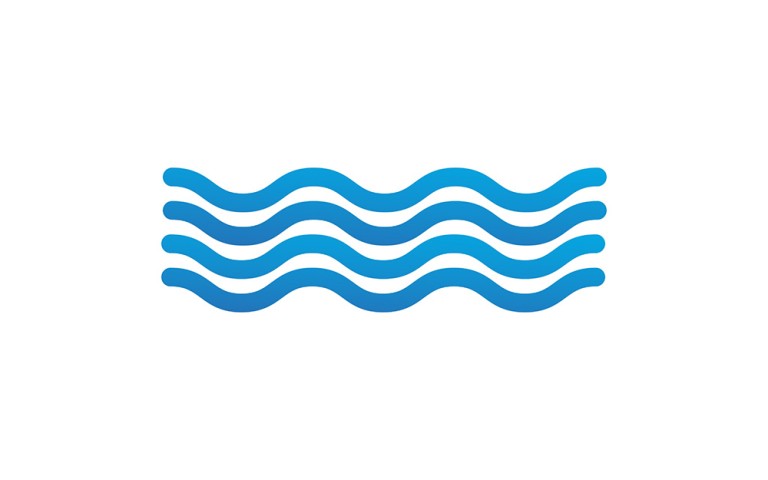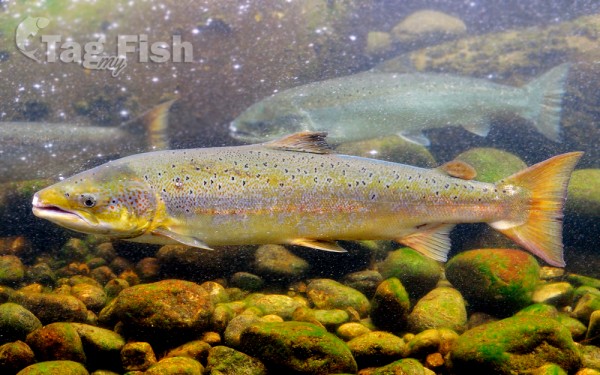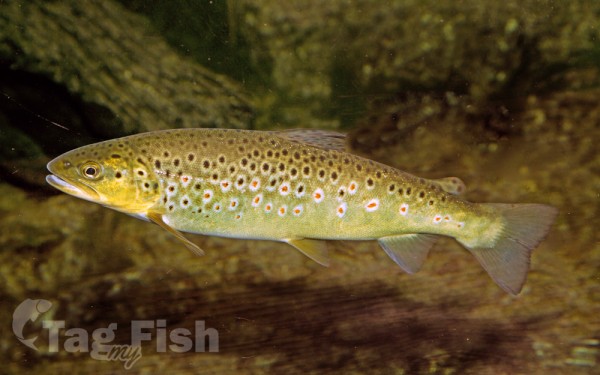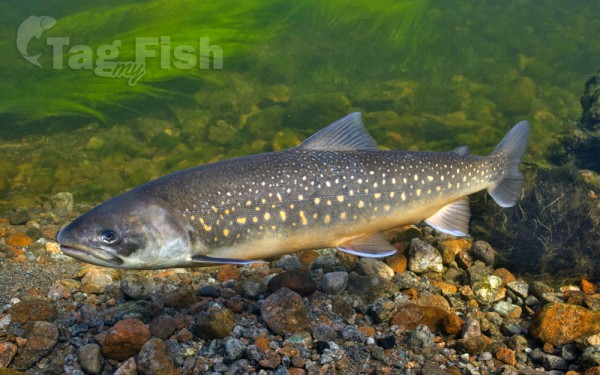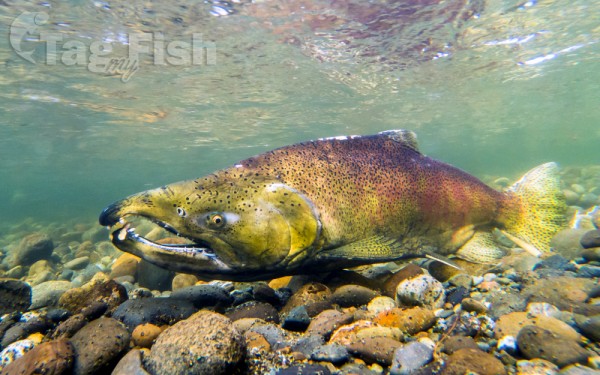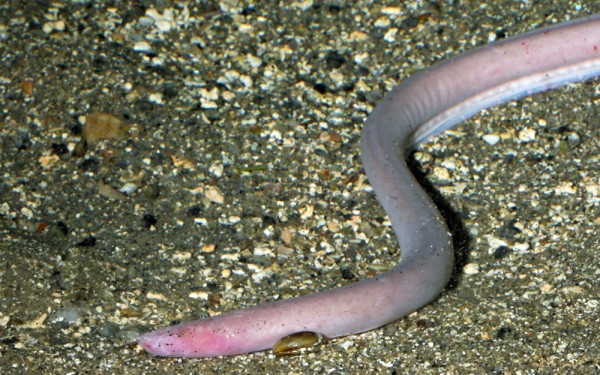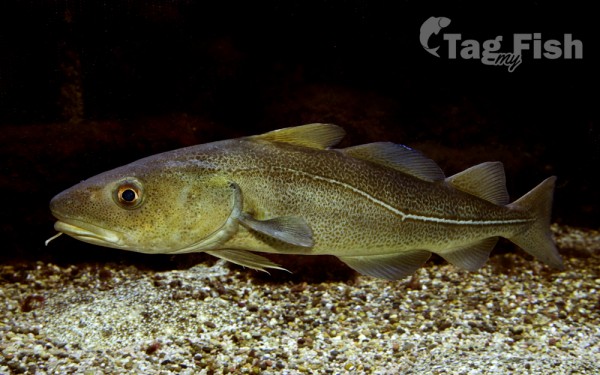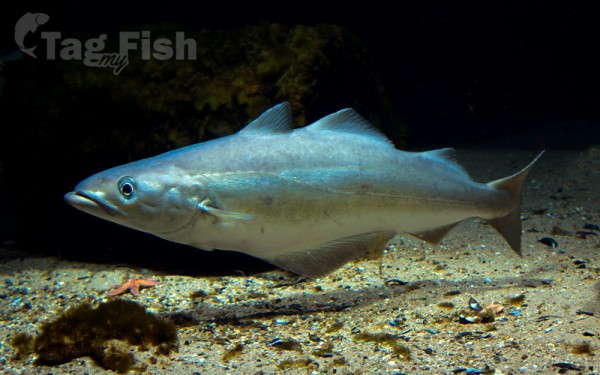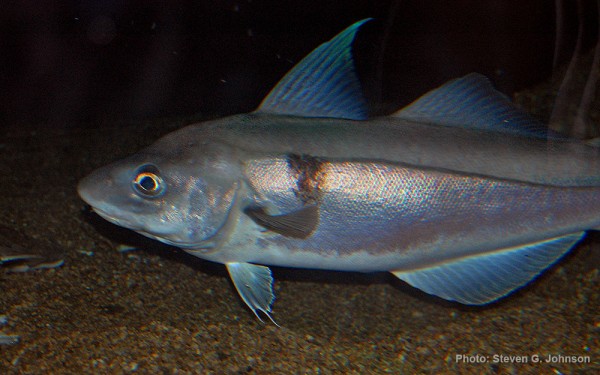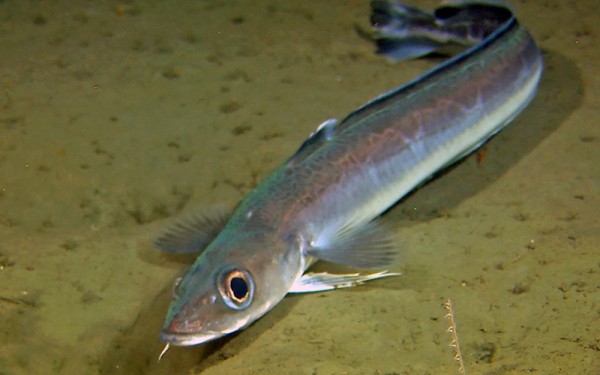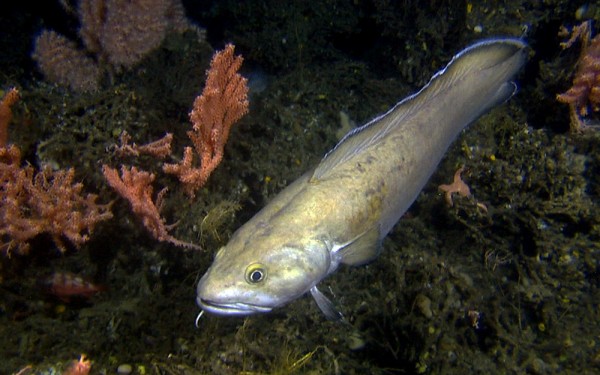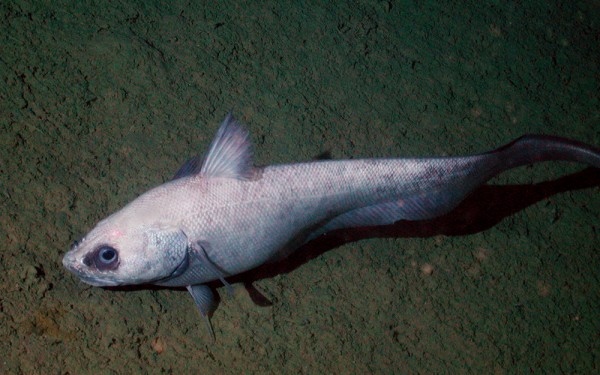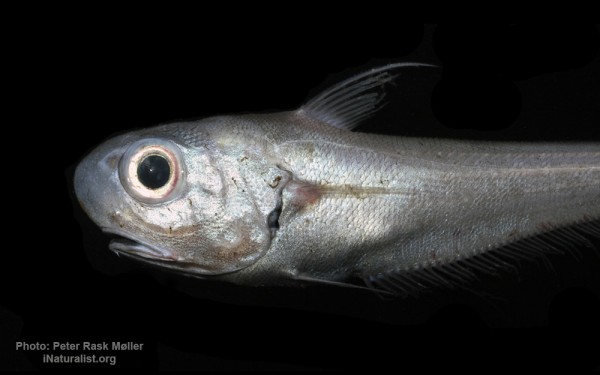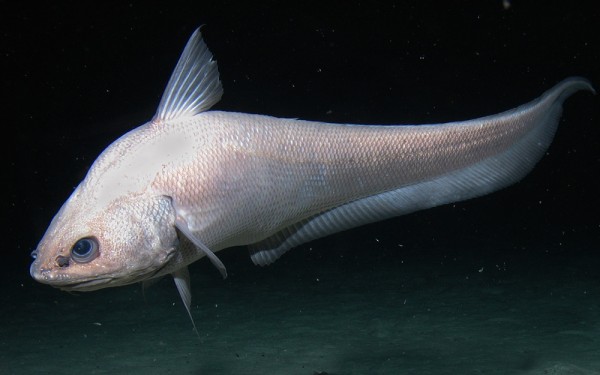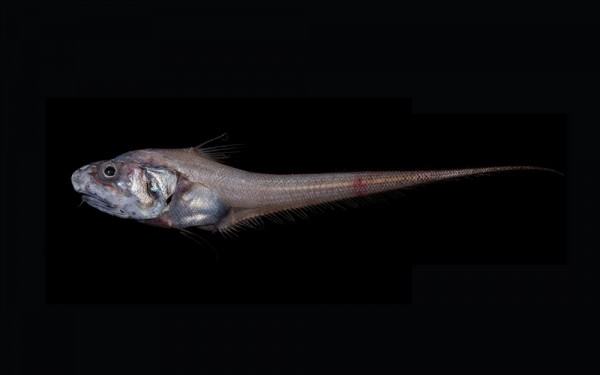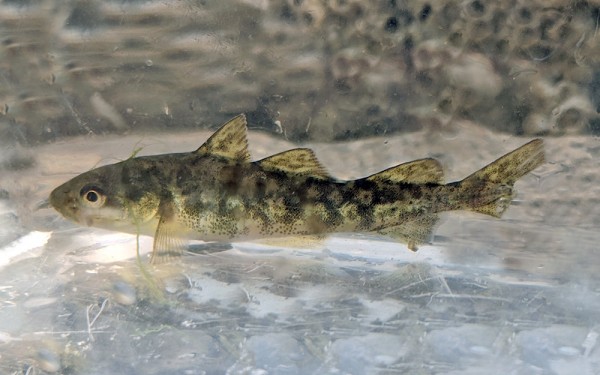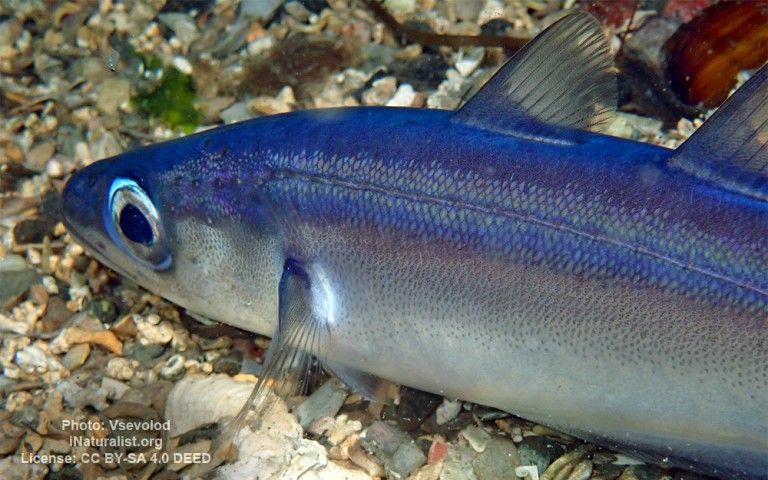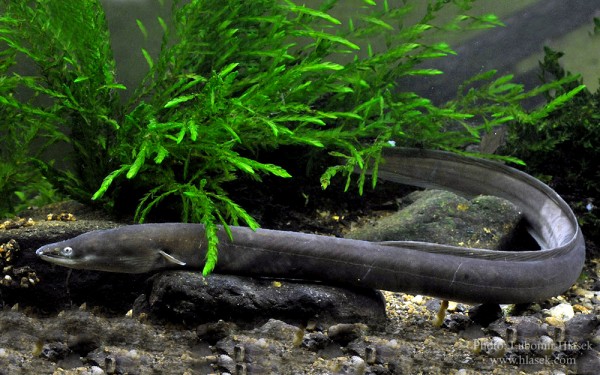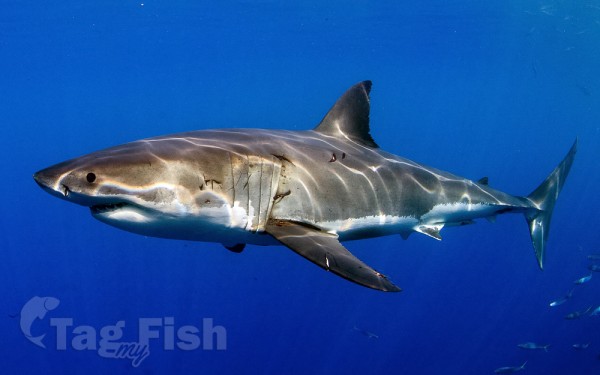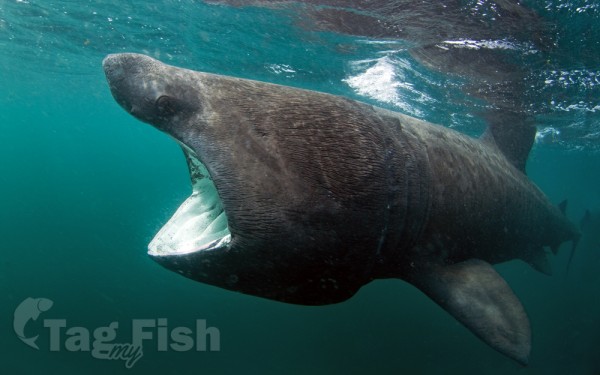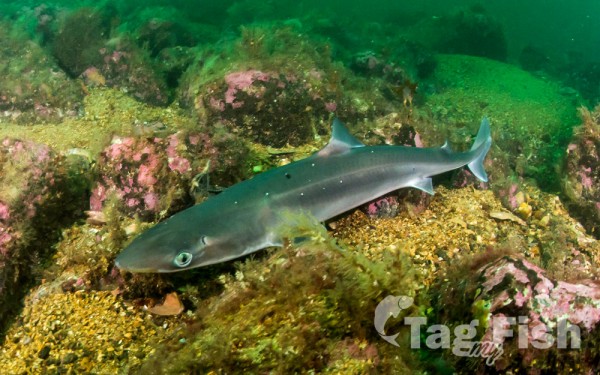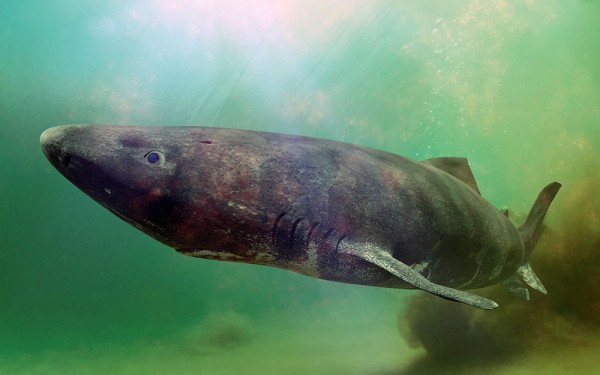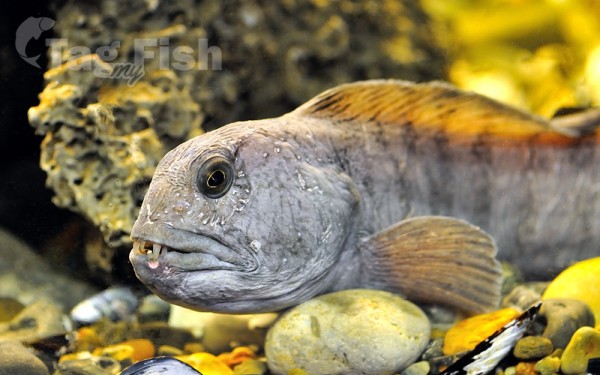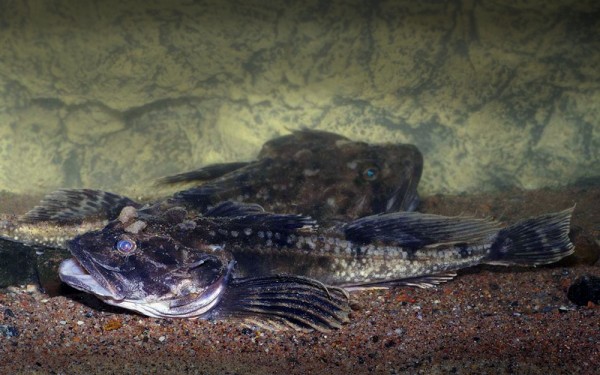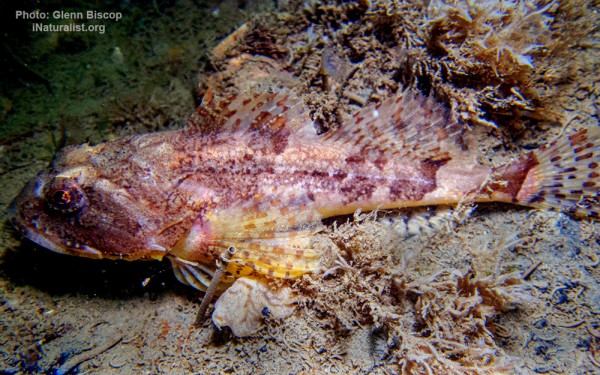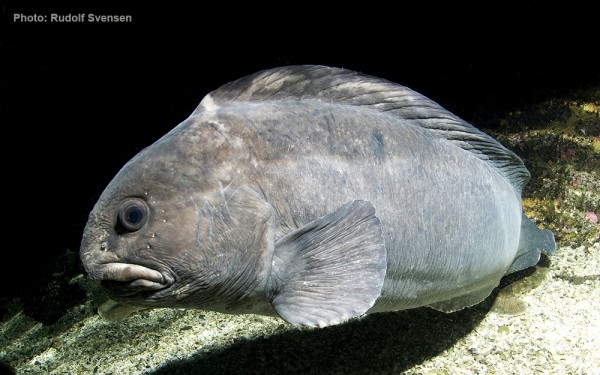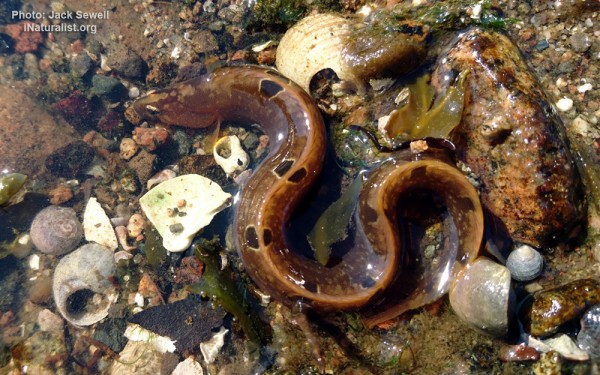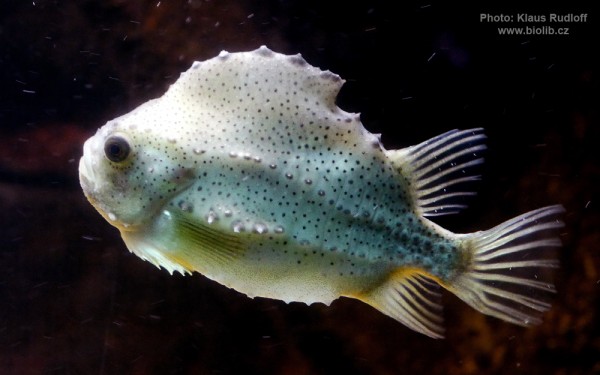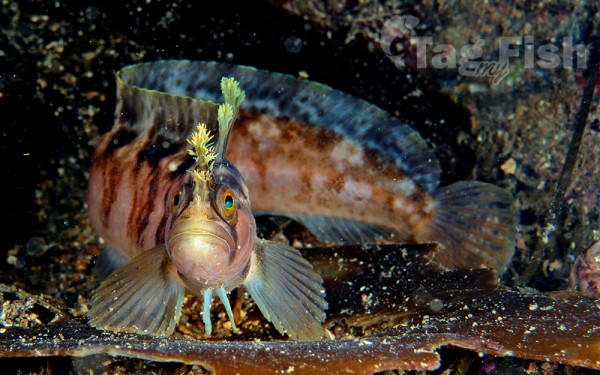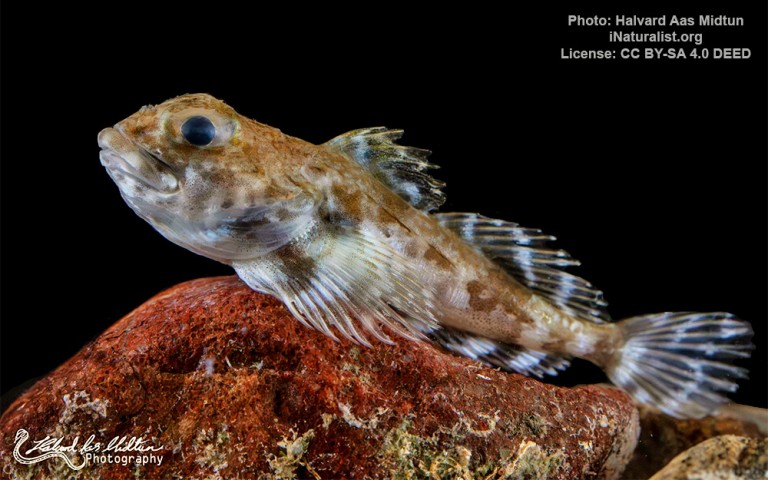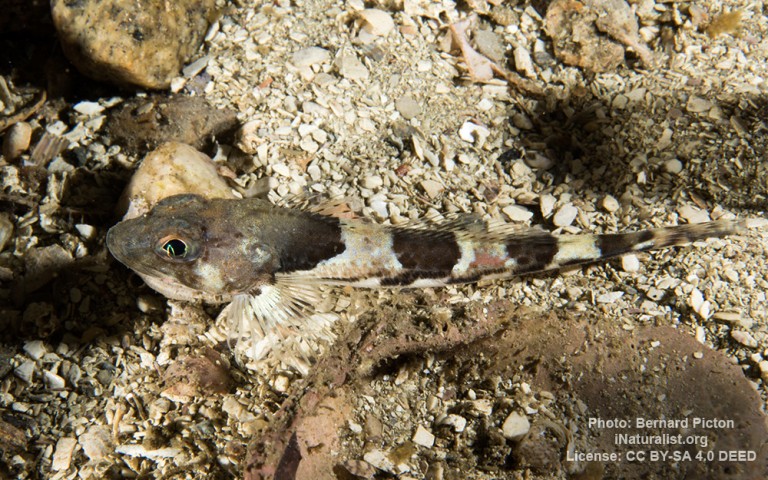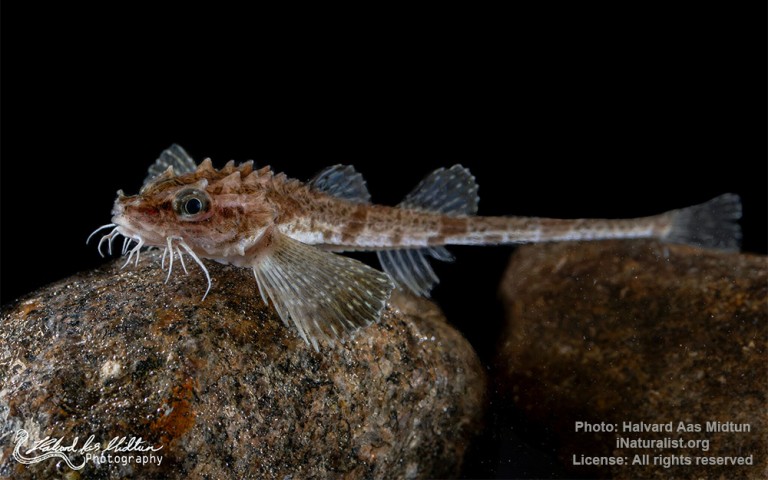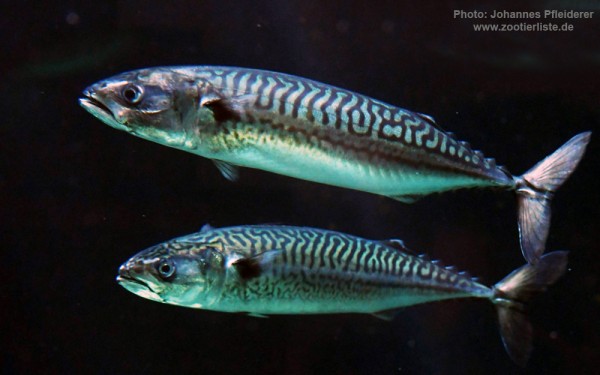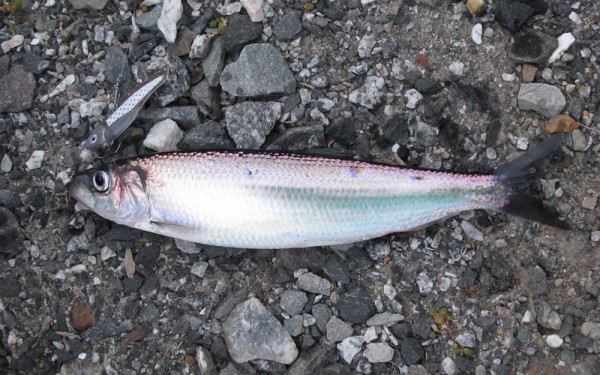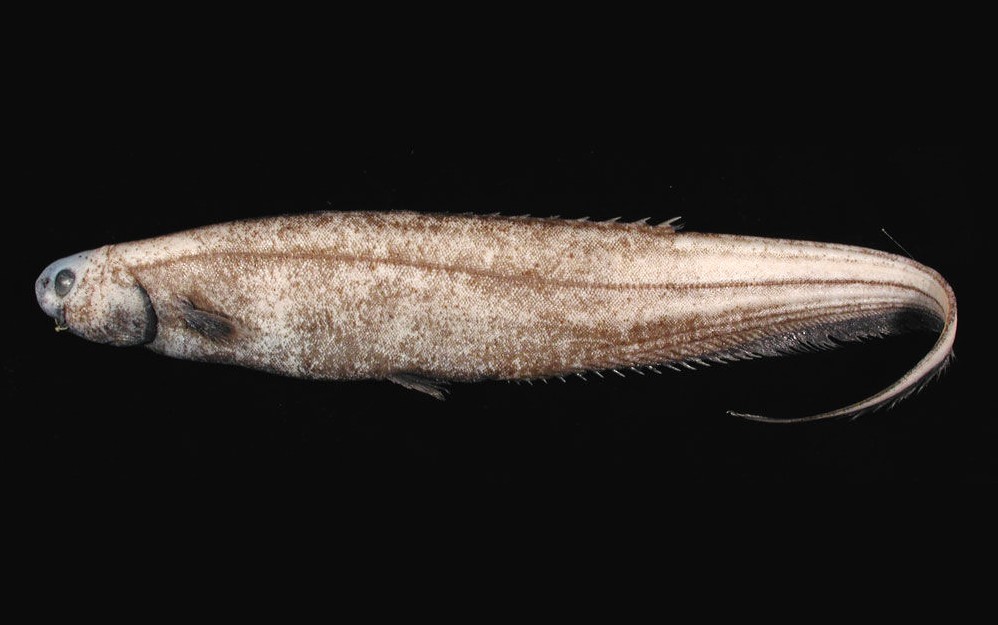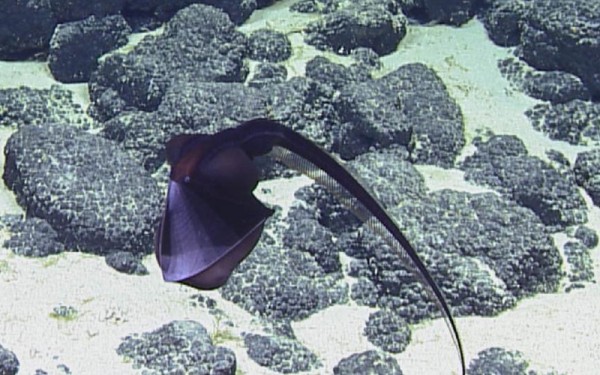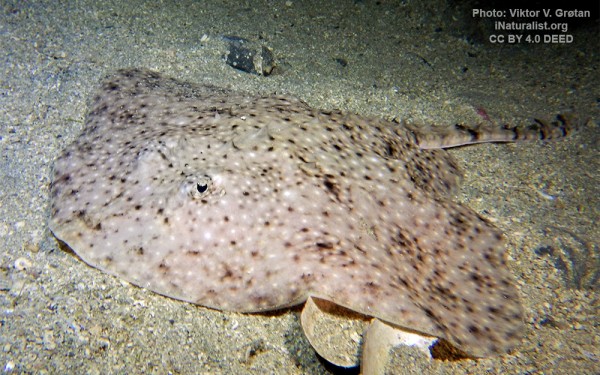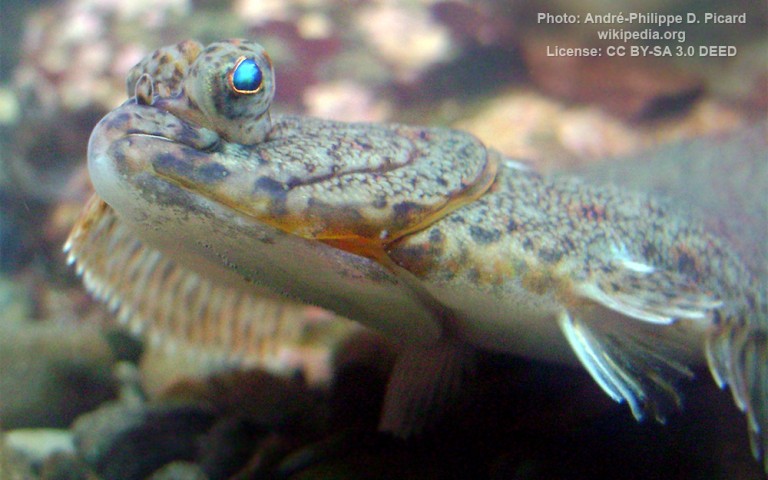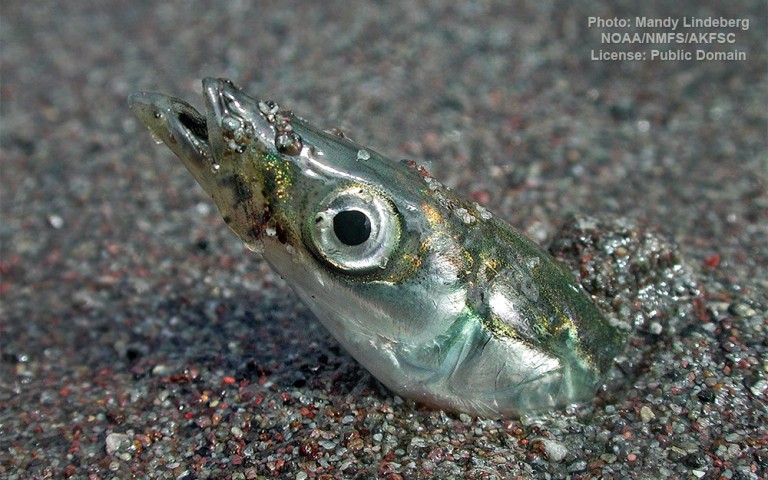Labrador sea
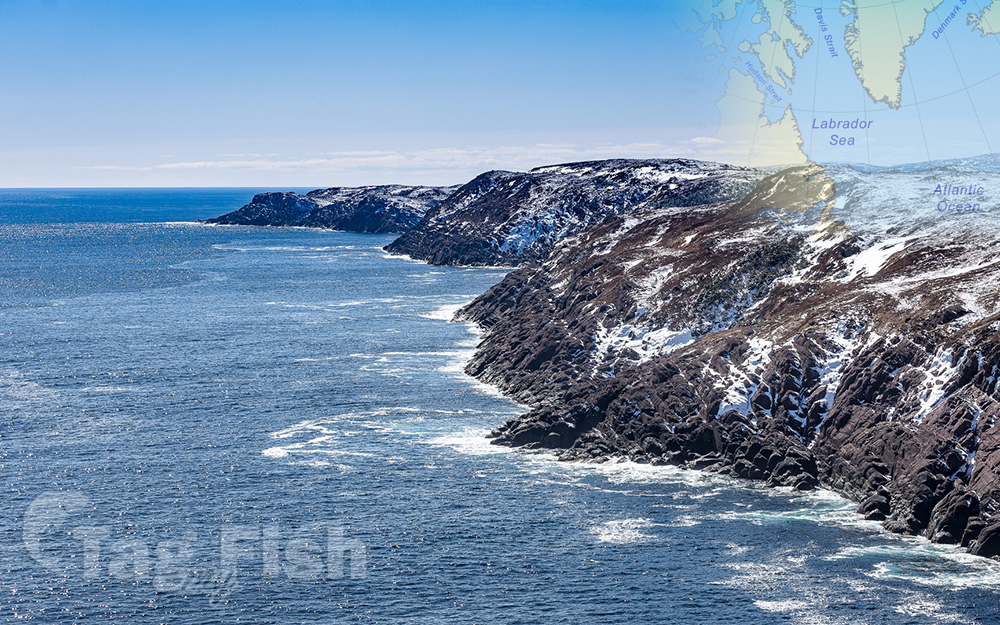
Bays
Salmoniformes - Salmons and Trouts
Myxiniformes - Hagfishes
Gadiformes - Cods
Anguilliformes - Eels and morays
Lamniformes - Mackerel sharks
Squaliformes - Sleeper and dogfish sharks
Scorpaeniformes - Mail-cheeked fishes
Scombriformes - Mackerels
Clupeiformes - Herrings
Notacanthiformes - Spiny eels
Saccopharyngiformes - Swallowers and Gulpers
Rajiformes - Skates and rays
Pleuronectiformes - Flatfishes
Trachiniformes - Weeverfishes
The Labrador Sea is an arm of the North Atlantic Ocean between the Labrador Peninsula and Greenland. The sea is flanked by continental shelves to the southwest, northwest, and northeast. It connects to the north with Baffin Bay through the Davis Strait.
The sea formed upon separation of the North American Plate and Greenland Plate that started about 60 million years ago and stopped about 40 million years ago.
It contains one of the world’s largest turbidity current channel systems, the Northwest Atlantic Mid-Ocean Channel (NAMOC), that runs for thousands of kilometers along the sea bottom toward the Atlantic Ocean.
The Labrador Sea is a major source of the North Atlantic Deep Water, a cold water mass that flows at great depth along the western edge of the North Atlantic, spreading out to form the largest identifiable water mass in the World Ocean.
